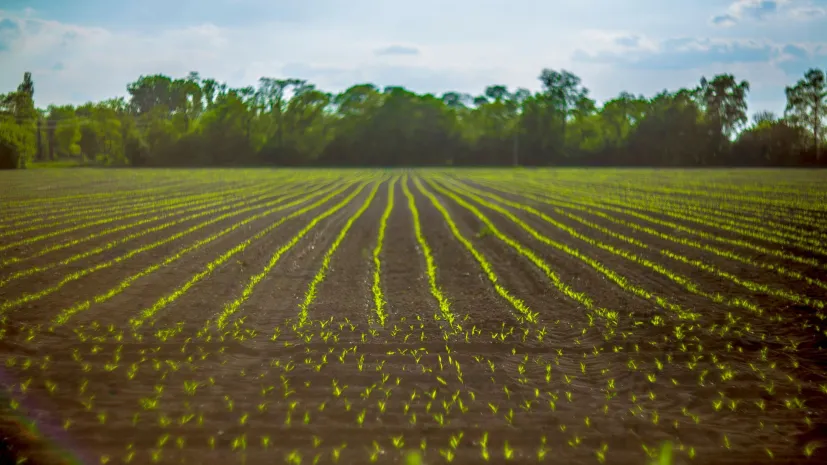-
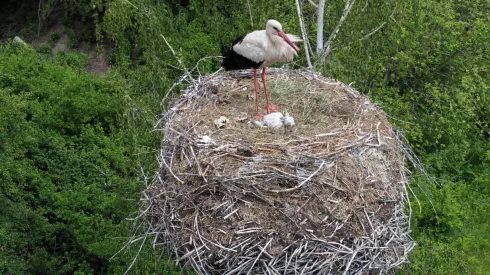
It's confirmed: The largest stork nests in Europe weigh over a ton
A competition to find Europe’s largest and heaviest stork nest has finished with the results revealing some weighing more than a ton.
-
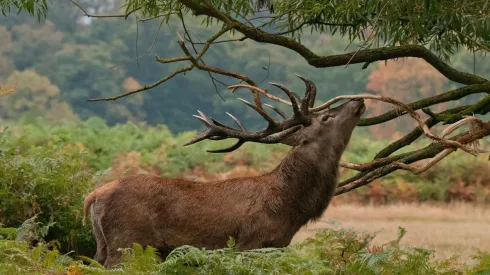
Red deer living in Poland do not contribute to SARS-CoV-2 spread
Red deer in Poland are not vectors or reservoirs of the SARS-CoV-2 virus, which means that they do not participate in spreading it to subsequent organisms. However, taking into account different reports from North America, it is necessary to monitor the wild population in Poland.
-
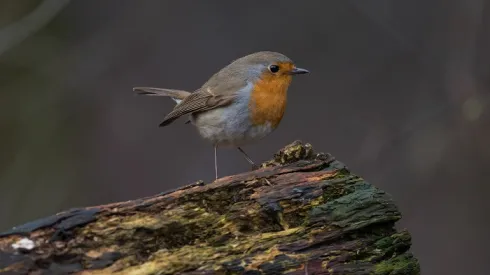
Light from industrial greenhouses affects vocal activity of birds
Light from industrial greenhouses changes the daily vocal behaviour of forest birds nesting nearby, says research published in the Journal of Ornithology.
-
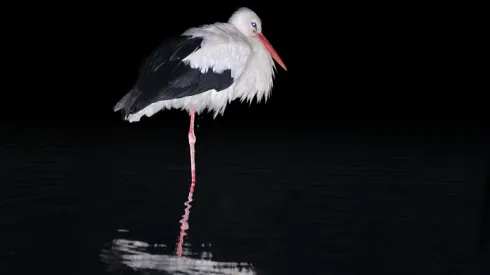
Researchers investigate where and how storks sleep during migration to Africa
Storks flying from Poland to Africa prefer to sleep on buildings and trees, and when those are not available they spend the night on the ground, according to data from 90 transmitters on birds during their first migration.
-
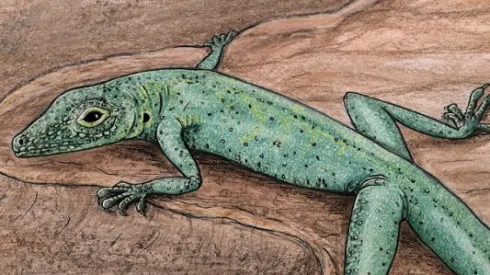
Scottish fossil provides clues to early evolution of lizards
A Scottish fossil described in the journal Nature by a team led by a Polish scientist has become a source of information about the early evolution of lizards at the era of dinosaurs.
-
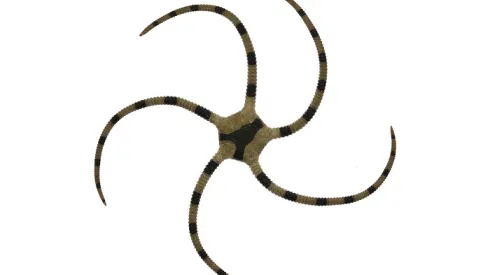
Brittle stars - new discoveries in Poland
Brittle stars, animals with five-segment radial (pentaradial) symmetry, lived millions of years ago in the territory of present-day Poland. They survived, although today they can only be found in high salinity waters. Fossil species of these agile echinoderms found in Kujawy and the Krakow-Częstochowa Upland have been described by scientists from Warsaw.
-
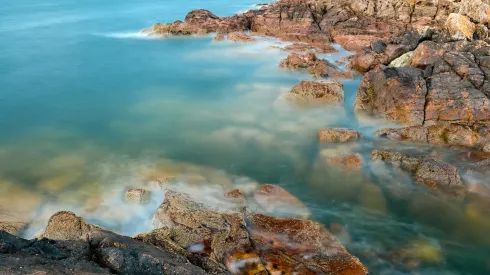
Sea gels. When sea water turns into non-Newtonian fluid
Algae and cyanobacteria in the seas secrete mucous polymer substances that can locally change the properties of sea water, turning it into a non-Newtonian fluid. Many parameters change in this fluid, including the physics of particles falling to the bottom.
-
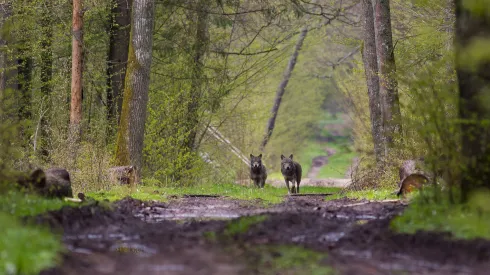
Wolves’ favourite food in Roztocze is roe deer, and not red deer as previously thought
Roe deer, not red deer, is the main source of food for wolves in Roztocze and the Solska Forest, according to research by Polish scientists. The domination of roe deer in the diet of these predators has persisted for two decades. The wild boar currently has the second place in wolves' menu.
-
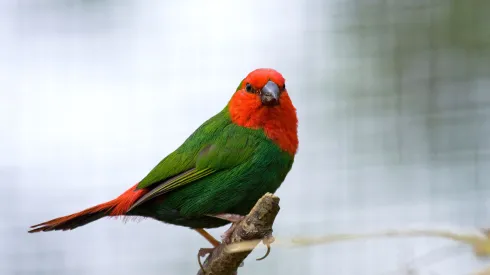
Scientists identify genes responsible for red coloration of bird feathers
Two genes are responsible for processing carotenoids in birds and give the red colour to their plumage. Carotenoids are also found in photosensitive eye structures and affect seeing, according to the findings of the international team of scientists including a Polish researcher.


